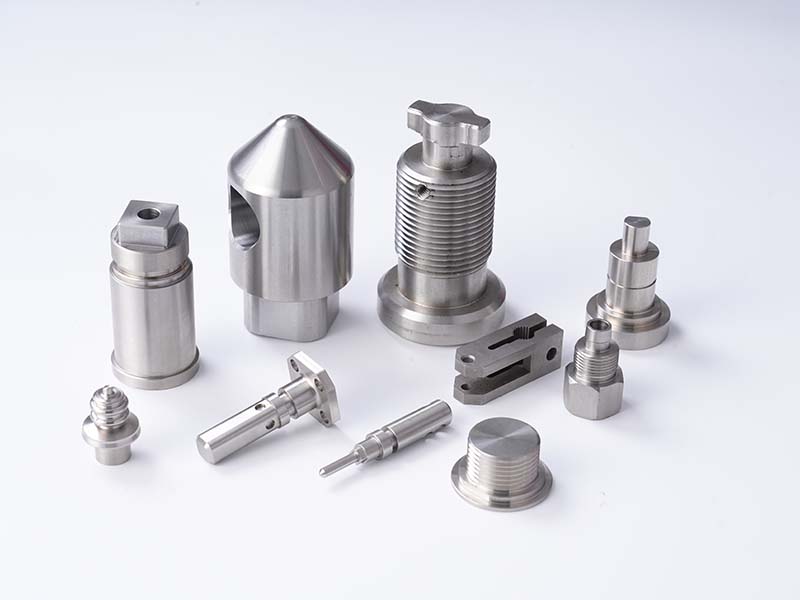Message
Copper plating: working principle and common applications
Copper plating, as an important metal surface treatment technology, can be traced back to the 19th century. The principle is based on electrochemical reactions, where copper ions in the electrolyte solution are reduced to solid copper on the cathode metal surface under the influence of external currents, forming a uniform and dense copper film. Copper plating technology is not only widely used in the industrial field, but also in daily life and art production.

Main copper plating techniques:
There are two main methods for copper plating: alkaline plating and acidic plating. Alkaline coatings are used to obtain thin, fine, and smooth copper coatings, while acid coatings are suitable for applications that require thicker copper coatings. In addition, there are cyanide free electrolytes prepared from phosphate, tartrate, ethylenediamine, etc., which can also achieve copper plating under specific conditions.
The advantages of copper plating:
Flexibility and durability: The copper plating layer has excellent flexibility and wear resistance, significantly improving the durability of metal components. The strong bonding between the copper plating layer and the substrate metal can prevent peeling and ensure the long-term stability of the coating.
Excellent anti-corrosion performance: Copper plating can effectively prevent the corrosion of the base metal under various environmental conditions. In humid or acidic/alkaline environments, a dense oxide film formed by copper plating can protect the substrate from corrosion.
Excellent conductivity: Copper is an excellent electrical conductor, and copper plating can significantly improve the conductivity of metal components. Copper plating technology is widely used in industries such as electronics and electrical engineering to manufacture conductive components and contact points.
Excellent antibacterial performance: Copper has natural antibacterial properties, and the copper plating layer can effectively inhibit the growth and reproduction of bacteria. In industries such as healthcare and food, copper plating technology is used to manufacture antibacterial vessels, containers, etc.
Cost effectiveness: Copper plating technology is relatively mature, easy to operate, and has a high cost performance ratio. Through appropriate process control, high-quality and efficient copper plating production can be achieved.
Different types of copper plating tanks:
Typical alkaline copper bath: The alkaline copper bath is mainly composed of cuprous cyanide, sodium cyanide, and sodium carbonate. Under alkaline conditions, copper ions are more easily reduced to solid copper, forming a delicate and smooth copper plating layer. Alkaline copper bath is suitable for electroplating of steel, stainless steel, etc.
Typical acidic copper bath: An acidic copper bath is mainly composed of copper sulfate, nickel sulfate, sulfuric acid, etc. Under acidic conditions, the reduction rate of copper ions is slower, but a thicker copper plating layer can be obtained. Acid copper bath is suitable for applications that require a thicker copper plating layer, such as molds, electroforming, etc.
Chemical copper plating bath: Chemical copper plating bath is a plating method that does not require external current. Forming a copper film on the metal surface through chemical reactions. Chemical copper plating bath is suitable for certain special materials or complex shaped parts.
The main industrial applications of copper plating:
Copper plating technology is widely used in various industries such as electronics, electrical engineering, automobiles, and machinery. The following are some of the main application industries and their advantages and disadvantages of copper plating:









